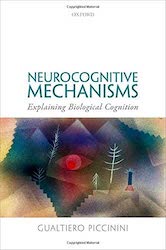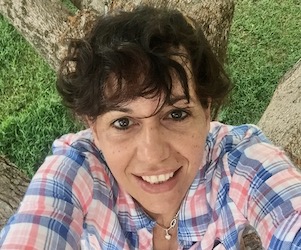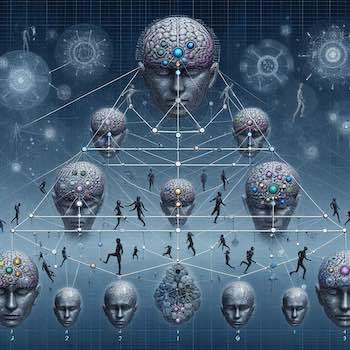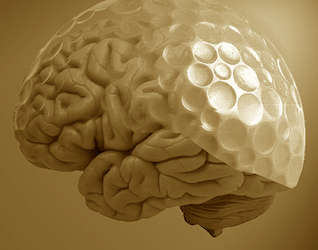Abstract : The 1st part of the article summarizes the theory of mind called Stratium, the only one to date to fully explain consciousness even in its phenomenal aspect. If you already know it, jump straight to the 2nd part, which explains the nature of the new mathematical proof fleshing out graph theory. The supposed regularity of phase transitions in very large graphs is confirmed and allows predictions about their behavior. Part 3 explains how Stratium is strengthened as a model of the mind by this evidence. Phase transitions are the potential support for the symbolic coding of information by neural groups, as well as its hierarchical nesting, from 1st rank neurons to the workspace of consciousness.
How to Really Solve the Mind-Body Problem (7)
Abstract: Stratium is a theory based on the complex dimension of the brain. This includes on the one hand the horizontal complexion of neural groups processing signals of the same qualitative nature, on the other hand the vertical complexion of a new group overlapping the previous ones to synthesize a new qualitative symbolism. The conscious … Read more









